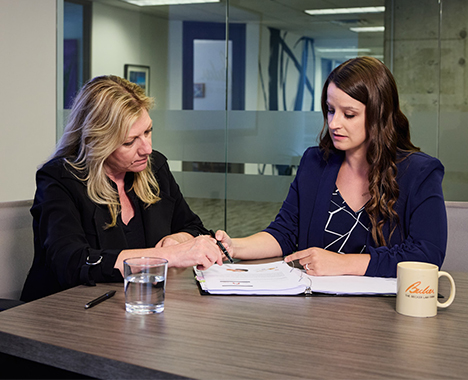Schedule a Consultation
216-621-3000Schedule a Consultation
216-621-3000
One important component of most birth injury malpractice cases is life expectancy. It is used to give the parties and the jury a sense of how long an injured plaintiff is likely to survive. That information can be used as a basis to determine how much money should be offered or awarded in economic or non-economic damages.
In general, life expectancy can be calculated using resources from publically-available sources like the Centers for Disease Control and Prevention (CDC), which puts together life tables that account for factors like gender, race, and age. For example, a child born in 2008 has a life expectancy of 78.1 years. An 80 year-old in 2008, however, has surpassed that age. The tables then identify how long, on average, 80 year-olds live, and attributes an average age of death of 88.9 years.
Where other attributes are at issue, specialized experience and life expectancy charts must be used. Children with cerebral palsy for example, have life expectancies that are shorter than average. However, the life expectancy of a child with cerebral palsy can be further parsed based on a number of statistically significant factors, including whether the child uses a feeding tube, the extent of visual impairment, and the presence of cognitive disability. Medical experts in a birth injury case can tell the jury, based on their research and experience, the life expectancy of children with the same medical conditions as the plaintiff.
Jurors do not have to accept the stated life expectancy proposed by any party or their experts. Jurors in birth injury trials decide the facts of a case. They can accept what is said at trial, or they can use their judgment to come to their own conclusions.
In many cases jurors are given two different numbers for life expectancy—a shorter one proposed by the defense, and a longer number proposed by the child’s lawyers. Jurors can choose to believe one or the other, or they can come up with their own number. Sometimes jurors will decide on an average of the two numbers. In many states, judges give the jurors instructions on how to use life expectancy numbers. Here is one example:
According to life expectancy tables, the life expectancy of a person of XXX years of age is YYY years. This figure is to assist you in determining the probable life expectancy of the plaintiff as it bears on future losses and damages. It is not conclusive proof of the life expectancy, and you are not bound by it. It is only an estimate based on average experience.
The child’s lawyers will usually argue, however, that the jurors should base the verdict on a number that is higher than the “life expectancy” number. The difficulty with life expectancy statistics is that they represent an average amount of years for someone to survive. Roughly half will live longer than that number. In a birth injury lawsuit, the child will not be able to come back to court for more money if he or she survives beyond the “expected” date. Therefore, the child’s lawyer will ask jurors to account for the fact that the child may live longer, and that the life care plan must be funded well into the future.
If your child has cerebral palsy, and you want to know if it could have been prevented at birth, contact our medical malpractice lawyers at (440) 252-4399, or send us a message through our website. We can examine your child’s medical records and determine whether this injury was caused by a preventable mistake.
Photo credit: ChristinaCare

